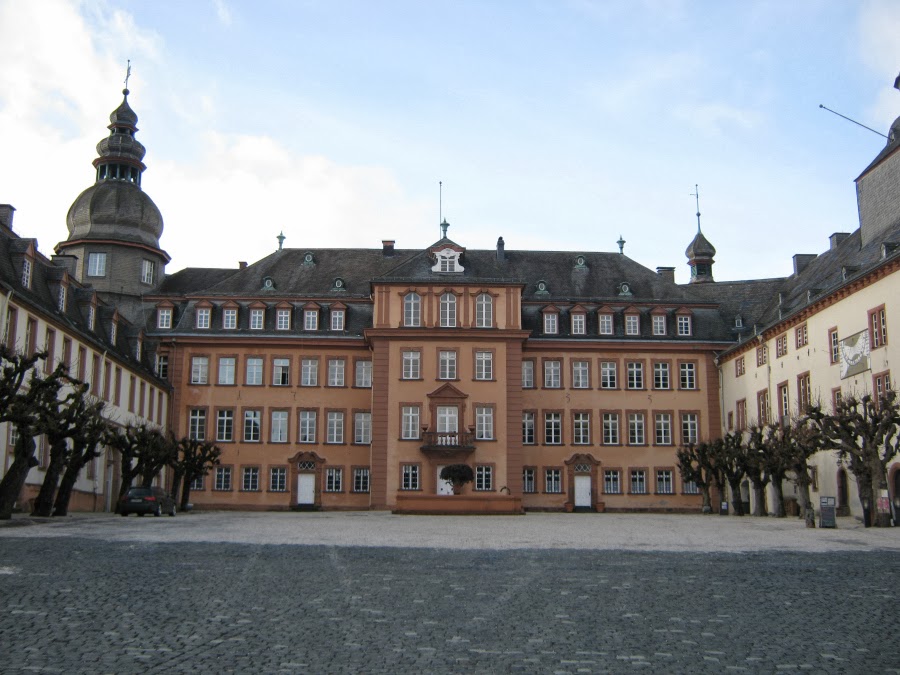Special Exhibition: "One Coach and Two Kingdoms: Hanover and Great Britain 1814-1837"

Photo: Historisches Museum Hannover For some strange reason, the Guelph family does seem to have a special penchant for having things happen to them in years ending with '14. In 1714 the Hanoverian line of the family became Kings of Great Britain and Duke Anton Ulrich of Braunschweig-Wolfenbüttel died, in 1814 they became Kings of Hanover and in 1914 Prince Ernst-August IV was christened. To mark all those occasions, there are no less than eight exhibitions happening in Lower Saxon this year. Headlined "When the Royals Came From Hanover", five of those exhibitions are dedicated to the personal union between the Electorate and later Kingdom of Hanover as well as the Kingdom of Great Britain, which lasted for 123 years between 1714 and 1837 when Queen Victoria ascended to the British throne while her uncle Ernst-August II became the new King of Hanover. While both the exhibitions at the Lower Saxon State Museum and the museum of the rebuilt Schloss Herrenhausen...





